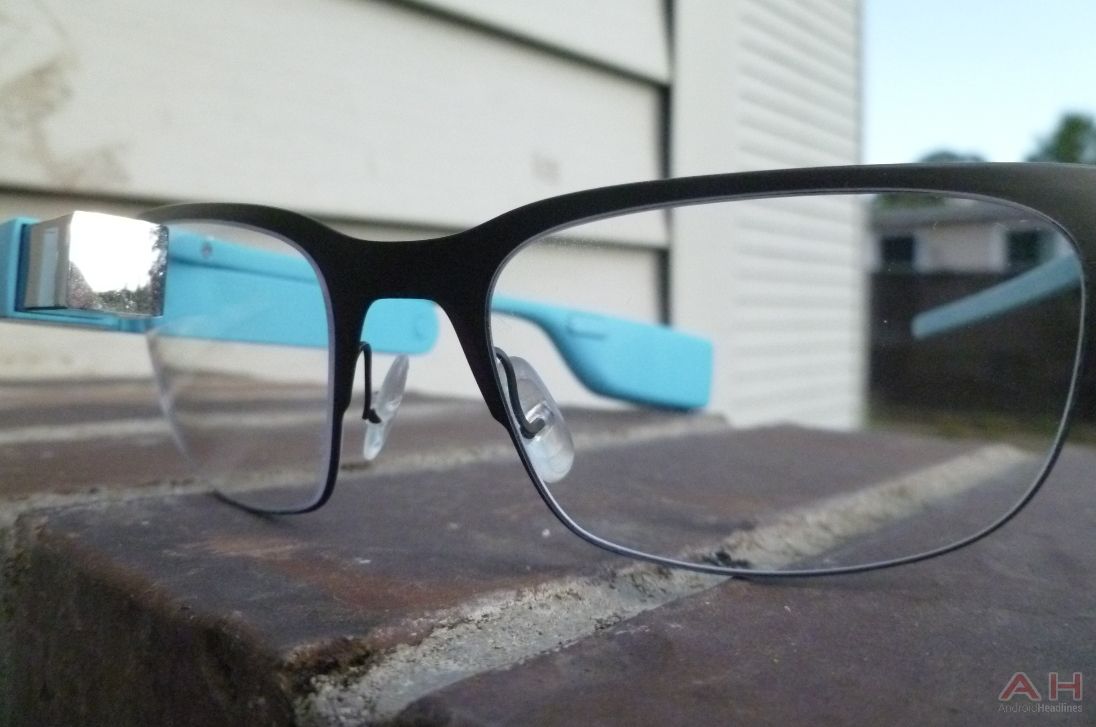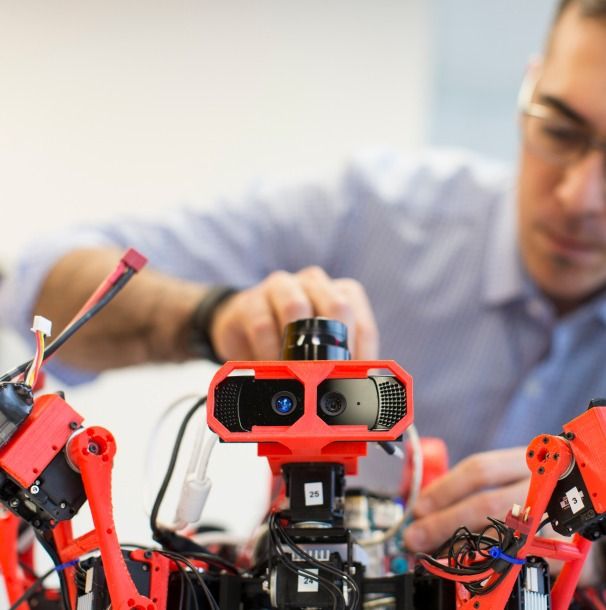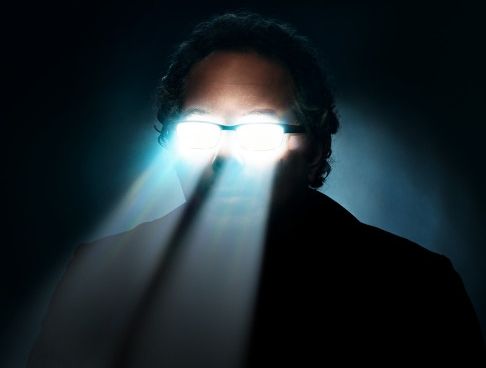Nice
The consumer version of Google Glass smart wearable probably won’t be coming to the market anytime soon, but it seems like the project is far from dead. Namely, one of the startups which came to being after Google originally revealed its hi-tech headset several years ago is now raising new capital in order to bring Google’s optical head-mounted display into more hospitals and other health care facilities. The company in question is Augmedix, one of the ten official “Google Glass for Work” partners. Its main activity is developing software for wearable devices utilized in the medical industry, i.e. co-developing inventions which should make doctors’ lives easier. As Augmedix’s CEO Ian Shakil puts it, the doctors are “engaging with patients in front of them” while his company’s inventions are taking care of the “burdensome work in the background”.
Augmedix managed to raise $17 million of strategic investment capital from five institutions: TriHealth Inc., Sutter Health, Catholic Health Initiatives, Dignity Health, and a fifth, yet unnamed entity. This is the second round of funding the Silicon Valley company managed to secure in just over a year after raising $16 million in 2015. In total, the groups which financed Augmedix’s endeavors represent more than 100,000 health care providers. Naturally, the company can’t yet aim to deliver 100,000 of smart wearables designed for the medical industry, but it’s slowly getting there. Specifically, it’s currently providing equipment and services to hundreds of physicians and surgeons and is hoping to do the same with “thousands” more by 2017. No concrete figures have been provided by Augmedix, though the startup did confirm that it’s currently achieving a “multi-million dollar revenue” on a yearly basis.
What does this all mean for Google Glass? Well, despite the plans for the consumer version of the headset being momentarily dropped by Google, the Work program designed to deliver the said piece of hardware to various industries around the world is still going strong, and Augmedix is one of Google’s key partners in this business endeavor. Google Glass 2.0, officially called Project Aura is currently in development for enterprise applications and it seems like it has a very bright future in the medical industry as Augmedix claims its internal study concluded that close to 100 percent of patients are completely fine with their doctors using augmented reality (AR) headsets. In addition to that, it’s worth noting that Glass is the dominant platform Augmedix sells its services on, so it makes sense that this latest round of funding will see it end up in more heath care facilities in the very near future.









